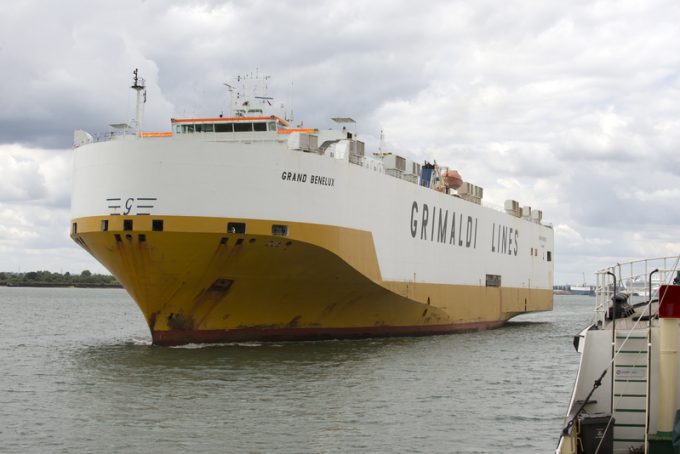Smart containers are the key to a more-visible supply chain
Current pressures on the international supply chain, and the increased volatility expected in the future, ...

PRESS RELEASE
20 March 2024, London: The Vehicle Carrier Safety Forum (VCSF) publishes its first industry good practice guidelines entitled ‘Common Guidance on the loading and presentation of vehicles’. The guidance, and supporting checklist, are intended to reduce the risks associated with the shipment of unaccompanied ...

Comment on this article